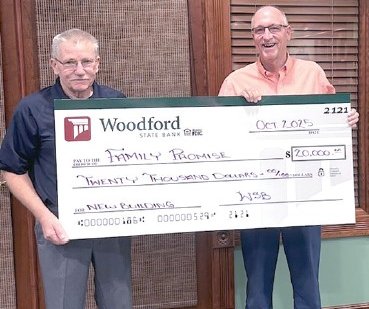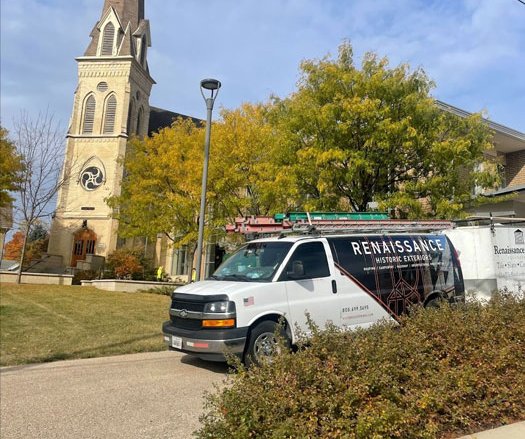GALENA — Jo Daviess County has been issued a final property assessment equalization factor of 1.0000, according to David Harris, director of the Illinois Department of Revenue (IDOR).
The property assessment equalization factor, often called the “multiplier,” is the method used to achieve uniform property assessments among counties, as required by law. This equalization is particularly important because some of the state’s 6,600 local taxing districts overlap into two or more counties (e.g., school districts, junior college districts, fire protection districts). If there was no equalization among counties, substantial inequities among taxpayers with comparable properties would result.
Under a law passed in 1975, property in Illinois should be assessed at one-third (1/3) of its market value. Farm property is assessed differently with farm homesites and dwellings subject to regular assessing and equalization procedures. Farmland is assessed at one-third of its agriculture economic value and not subject to the state equalization factor.
Assessments in Jo Daviess County are at 33.40% of market value, based on sales of properties in 2021, 2022, and 2023.
The equalization factor currently being assigned is for 2024 taxes, payable in 2025. Last year’s equalization factor for the county was 1.0000.
The final assessment equalization factor was issued after a public hearing on the tentative factor. The tentative factor issued on Nov. 13, 2024 was 1.0000.
The equalization factor is determined annually for each county by comparing the price of individual properties sold over the past three years to the assessed value placed on those properties by the county supervisor of assessments/county assessor.
If the three-year average level of assessment is one-third of the market value, the equalization factor will be one (1). If the average level of assessment is greater than one-third of market value, the equalization factor will be less than one (1). And if the average level of assessment is less than one-third of market value, the equalization factor will be greater than one (1).
A change in the equalization factor does not mean total property tax bills will increase or decrease. Tax bills are determined by local taxing bodies when they request money each year to provide services to local citizens. If the amount requested by local taxing districts is not greater than the amount received in the previous year, then total property taxes will not increase even if assessments increase.
The assessed value of an individual property determines what portion of the tax burden a specific taxpayer will assume. That individual’s portion of tax responsibility is not changed by the multiplier.





